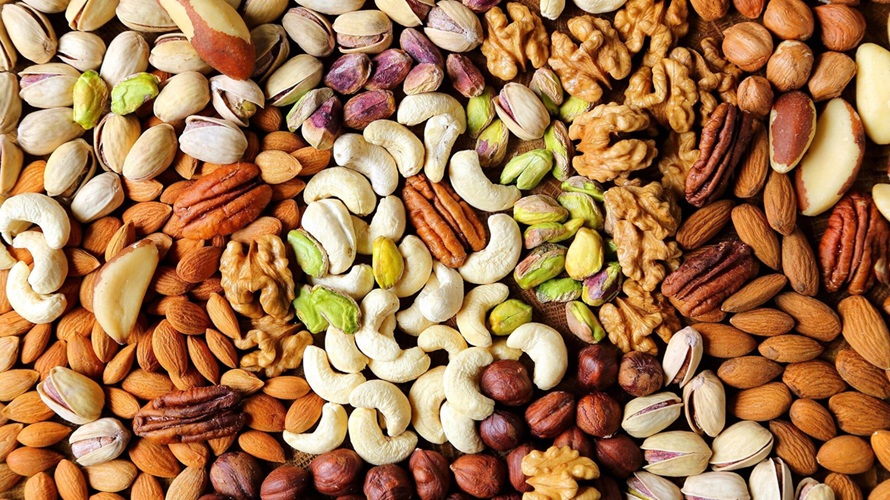Frank F Islam
Russia’s invasion of Ukraine on February 24, which many experts predicted would end within seven days is now in its ninth month.
This unanticipated outcome has revealed two counterintuitive and countervailing truths about Russia: One, it has shown that that nation’s vaunted military is significantly weaker than everyone assumed; two, it has demonstrated that the country’s supposedly weak economy is stronger than it was given credit for.
As noted, when Vladimir Putin began his misadventure in late February, the conventional wisdom was that his forces would steamroll the vastly outmatched Ukrainian military in quick order. But in the face of a spirited resistance from the Ukrainians — backed by the United States and NATO partners with weapons, intelligence and economic aid — the war has become a quagmire for Moscow.
When its forces crossed the Ukrainian border toward the end of last winter, one of Russia’s primary goals was a regime change in Ukraine, similar to the one the United States accomplished in Iraq. Not only was that mission not accomplished, but Moscow has been pushed back in many of the areas it initially occupied. Even in some of the Russian-speaking regions it recently annexed, it is facing counteroffensives and losing ground.
The longer the war lingers the clearer it becomes that the Russian military is vastly over-rated and has miles to go before matching its western counterparts in both morale and machinery.
Proof of that comes from the words and actions of Putin himself. In late September, with battlefront losses mounting, the Russian leader ordered a partial mobilization of the country’s reserve forces to join the war. Recently, Putin called for “upgrades and improvements to” Russia’s weapons.
The assumption that Russia would flatten Ukraine in a matter of days was proved wrong. Another assumption, especially in the western world, during the early days of the war, was that the Russian economy would collapse under the weight of harsh western sanctions. The United States and its allies imposed an array of sanctions, including cutting off Russian banks from the SWIFT payment network, which facilitates international financial transactions, and targeted sanctions against Putin and several members of his inner circle.
In the initial months, most signs indicated that the Russian economy was imploding. The country’s exports to the west plummeted; its stock market crashed; western companies began leaving the country; and the nation’s currency, the ruble, lost a quarter of its value. At one point, analysts predicted that the country’s gross domestic product would contract by 15 percent by the end of this year.
However, even though the GDP has continued to post a negative growth trend month after month — in September it declined by 5 percent year on year — the Russian economy is still on its feet.
For that, the country has to thank its vast energy reserves, mainly hydrocarbons, as well as its friend and next-door neighbor China.
“Sanctions have had a restricted impression on Russian oil output, based on a latest report by the International Energy Agency,” notes The Economist. “Since the invasion Russia has bought within the area of $85 billion worth of fossil fuels to the EU.”
Similarly, the help Moscow received from Beijing in navigating through the sanctions is significant.
Sino-Russo trade reached record levels since the beginning of the war, mainly on the strength of Chinese purchase of Russian oil and coal. According to CNN, “total goods trade between China and Russia surged 31 percent to $117.2 billion” in the first eight months of the current year, which is 80 percent of last year’s total of $147 billion. “Russia, meanwhile, has become a top market for China’s currency, and Chinese companies are rushing to fill the vacuum left by departing Western brands,” it added.
While the conventional wisdom was wrong on both Russia’s military might and the collapse of its economy, many other predictions about the war have become realities.
As many feared, the war has triggered the largest refugee crisis in Europe since the end of the World War II.
The United Nations High Commissioner for Refugees (UNHCR) estimates that 14.9 million Ukrainians have moved out of their country since the beginning of the war. In the initial months, more than half of all Ukrainian children were forced to flee their homes.
Another consequence of the war is the supply-chain disruption it caused, which has made worse both the food crisis in the global south and inflation and soaring energy prices in the United States and Europe.
As soon as the war began disruption in supply of wheat and barley — Russia and Ukraine are two leading exporters — had led to a dramatic rise in their prices, leading to a large increase in poverty in Africa.
Prior to the war, Russia was supplying 45 percent of natural gas to European countries. With Moscow having slashed that to 10 percent, Europe is in the middle of a major energy crisis, which is likely to impact its industrial output.
Another predictable consequence of the war has been the oil price, which has remained high throughout the year. Gas price being a sensitive issue in the United States, President Joe Biden has been forced to release millions of barrels of oil from the country’s Strategic Petroleum Reserves in an attempt to lower the price.
In conclusion, Putin’s misadventure in Ukraine has resulted in the deaths of tens of thousands of Ukrainians and Russians and upended the lives of tens of millions more in both countries. Additionally, it has inflicted immeasurable pain on tens — perhaps hundreds — of million people worldwide. There have been enormous costs with virtually no benefits.
One hopes the Russian leader will end the war just as he began it, unilaterally. Hope is not a strategy, however. For this hope to become a reality, the strength and will of the Ukrainians and their supporters world-wide must be sustained.






0 Comments